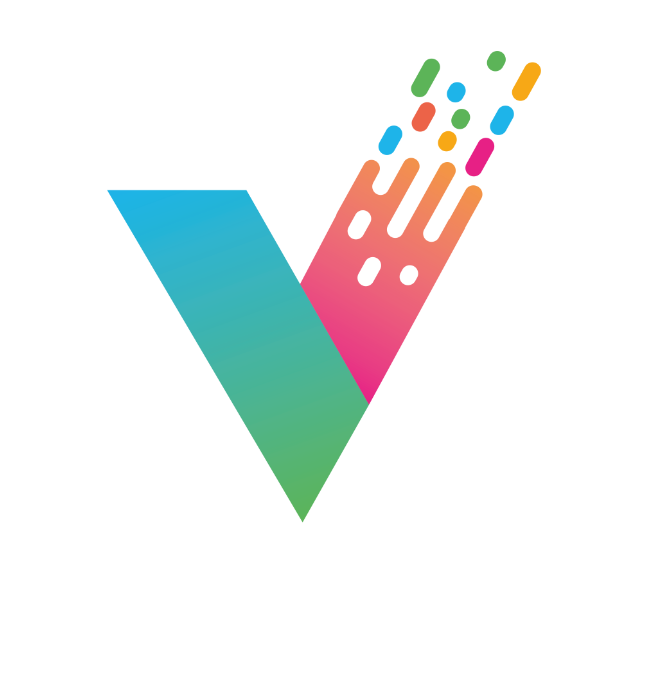
Myriam Vanneste, the chemist
In this interview series we look at people with successful careers in the T&C sector. Of course, not everyone is a fashion designer: there are a lot of jobs within the fashion, textile and clothing industry that support production in many ways, some of which are very technical.
Today let’s meet Myriam Vanneste, who is an R&D manager at Centexbel, a research institution in Belgium.

Let’s talk about your education experience. You studied polymer chemistry all the way through from undergraduate to a PhD! You seem very focused… did you always think you would work in the field of applying this to textiles and yarn?
Indeed, I have done a long trajectory of studying chemistry where the topic of polymers was “my thing”. It intrigued me already when I was still in highschool and the more I got to know about it, the more I liked it. I did my master thesis in the framework of a PhD that a fellow student did for a large chemical company involved in polymers. So when there was a vacancy for a PhD in the same lab I didn’t need to think twice. At that time textile was not at all on my mind. It was when our professor mentioned that Centexbel was looking for a postdoc in the area of polymer blends (which was my phD topic) that I started to get to know textiles. And yes, a lot of polymer chemistry is needed for textiles, starting from extrusion and finishing, coating and printing. It was the perfect combination! Once I was involved in textile extrusion for my postdoc other research projects regarding textiles followed and so I became an employee of Centexbel.
Now you head up one of three R&D departments in Centexbel, dedicated to coating and finishing technologies. What is a normal day in the office like for you?
I cannot say I have standard days as there is a lot of variation in my job. Today is not the same as yesterday and will not be identical tomorrow.
Besides administrative tasks needed to keep everything running I spend quite some time with my team and other colleagues to discuss the results obtained in our projects, to define the next steps and the next project ideas as well as how we can improve our way of working and if we need extra equipment to keep up with the latest tendencies. Based on these discussions new projects are initiated: proposals need to be written that will hopefully be approved.
As Centexbel’s mission is to support the textile and plastic converting industry I frequently meet with companies to assist in their product development.
What’s your favourite machine at the office?
In my office, my favourite (e.g. used most frequently) is my laptop as I use it all the time. I avoid using paper, so every bit of information I have is on my laptop. I may not think of losing it!
However, I do like the coffee machine as well 🙂. The first thing I do in the morning when arriving is take a cup of coffee to start the day.
Funny, I thought you’d cite some fancy machine! So, tell us about some of the researchers on your team: do they all have your same background? What kind of studies did they undertake?
The studies of the researchers and the lab technicians in my team all have a link with chemistry. But they did not undertake all the same studies; they go from bachelor to master to PhD degrees. We focus on the development of formulations for coating, finishing, dyeing and printing. Such a formulation consists of a mixture of various chemical products. In that sense, knowledge of chemistry is very helpful.
For VETRINE’s course Green VETRINE, Myriam contributed the learning material about dyeing and coating materials – are you inspired to begin your path learning about this sector of textile production?


